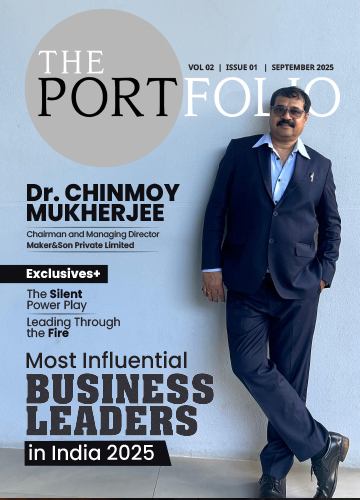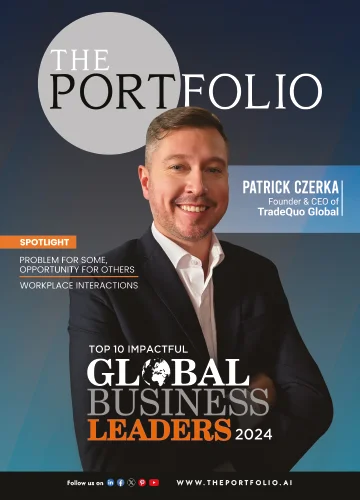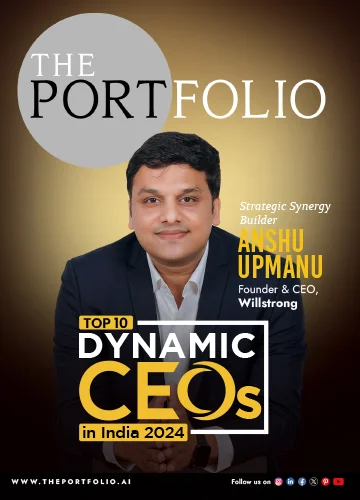India’s influencer scene, with 3.5–4.5 million creators, is booming, yet Kofluence’s 2024-25 Annual Research Report reveals a stark reality: only 12% earn 75% or more of their income from social media, while over half make less than 25%. Despite a vibrant digital ecosystem, full-time content creation remains a distant dream for most.
Instagram leads the charge, capturing over 50% of influencer marketing budgets and hosting 2 million creators. However, monetisation is uneven—47% of creators rely on sponsored deals, while just 15% depend on platform ad revenue. Short-form videos dominate, with 52% of creators leveraging them, but earnings vary sharply. Nano influencers (1–10K followers) might earn Rs 500 per Instagram reel, while mega creators can charge Rs 2 lakhs per branded video.
The creator economy, growing at a 22% CAGR, faces hurdles. One in three creators cites limited brand deals as a key challenge, alongside algorithm shifts, low engagement, and unclear monetisation rules. Brands, meanwhile, are investing heavily, with e-commerce driving 23% of influencer spend, especially during festive seasons like Diwali. Yet, content saturation and rising ROI demands have led to a decline in revenue per view on platforms like Instagram.
You Might Also Like: India’s SEBI Bans Jane Street for Trading in the Country
Hope persists with new tools. AI-powered features and platforms, such as Meta’s Creator Marketplace and YouTube Shorts, are reshaping earnings. Regional creators are also gaining traction, with 36% of marketers favouring user-generated content for Gen Z and over 50% targeting micro-influencers for hyperlocal campaigns. However, with the advent of AI, some AI-generated content is going out of hand; for this reason, YouTube has recently announced that it will not pay creators who use AI to create videos or for voiceovers.


















